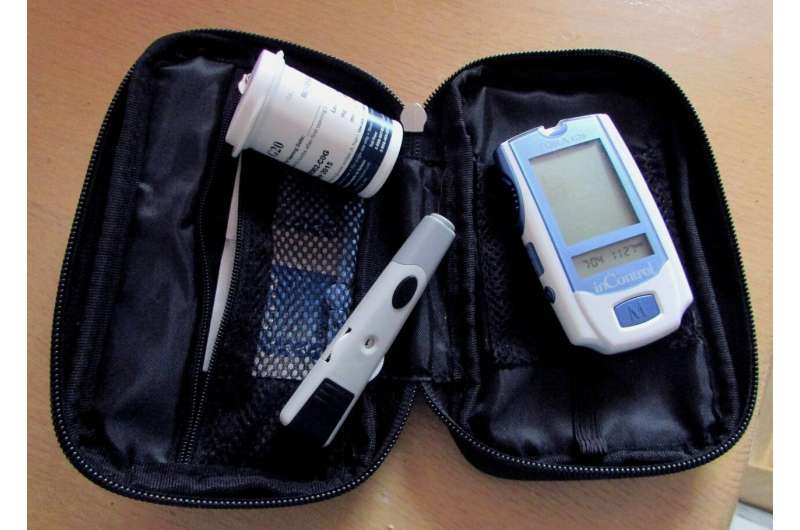Rising STD Rates in Texas Counties Highlight Public Health Concerns

Recent reports show rising rates of sexually transmitted infections in Texas counties, with Dallas and Harris leading the country's top hotspots. Learn about the causes, statistics, and resources to combat this public health issue.
Sexually transmitted infections (STIs) are increasingly prevalent across Texas, with some counties experiencing rates that surpass national averages. A recent report by Invigor Medical, analyzing CDC data, reveals significant disparities in STI cases among Texas counties, especially in the Dallas-Fort Worth metropolitan area. Dallas County leads with one of the highest rates in the country, reporting approximately 1,314.5 cases per 100,000 residents. Travis County and Harris County also rank prominently on the national list, with rates of 1,160.3 and 1,041.4 cases per 100,000 respectively, reflecting the challenges posed by large, densely populated areas with significant socioeconomic disparities. The most reported STIs in these regions include chlamydia and gonorrhea, while HIV and syphilis, although lower in prevalence, show an upward trend, particularly among young adults aged 15–29.
The surge in STI cases can be attributed to several factors such as limited access to affordable healthcare and routine testing, inadequate sex education in schools, higher infection rates among young adults without comprehensive healthcare coverage, social stigma preventing testing, and persistent racial and economic disparities affecting Black and Latino communities. These issues contribute to delays in diagnosis and increase the risk of ongoing transmission.
Public health officials emphasize the importance of early testing and treatment to prevent severe health complications and curb the spread of STIs. Resources available in Texas include the Texas Health and Human Services’ online testing locator, local health department services in Dallas and Austin, and clinics like Planned Parenthood offering confidential testing, treatment, and preventative measures such as PrEP.
Overall, the rising trend underscores the need for enhanced education, improved healthcare access, and targeted interventions to effectively combat the STI epidemic in Texas. For further details and latest statistics, visit source.
Stay Updated with Mia's Feed
Get the latest health & wellness insights delivered straight to your inbox.
Related Articles
Study Uses AI to Uncover Disparities in Amputation Rates Among Rural and Minoritized Populations
A new study employing AI uncovers the role of implicit bias in disparities of limb amputation rates among rural and minoritized populations with vascular disease, highlighting the need for equitable treatment guidelines.
Measles Outbreak at Luna County Detention Center in New Mexico
A recent measles outbreak at Luna County Detention Center in New Mexico underscores the importance of vaccination in controlling the contagious disease amidst rising cases nationwide.
Global Variations in Donor Human Milk Raise Important Considerations for Preterm Infant Nutrition
New research uncovers significant regional differences in donor human milk composition, highlighting the need for tailored fortification strategies to support preterm infants worldwide.



